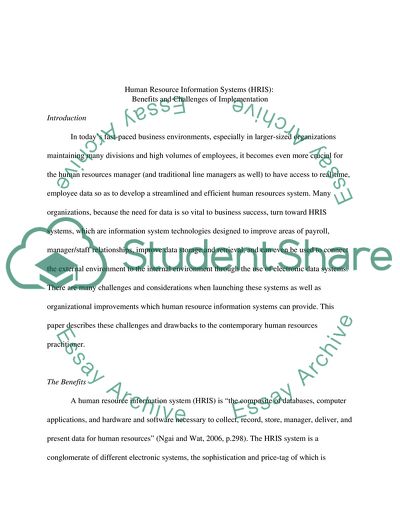Cite this document
(Human Resource Information Systems: Benefits of Implementation Research Proposal, n.d.)
Human Resource Information Systems: Benefits of Implementation Research Proposal. Retrieved from https://studentshare.org/human-resources/1727991-information-technology-and-human-resource
Human Resource Information Systems: Benefits of Implementation Research Proposal. Retrieved from https://studentshare.org/human-resources/1727991-information-technology-and-human-resource
(Human Resource Information Systems: Benefits of Implementation Research Proposal)
Human Resource Information Systems: Benefits of Implementation Research Proposal. https://studentshare.org/human-resources/1727991-information-technology-and-human-resource.
Human Resource Information Systems: Benefits of Implementation Research Proposal. https://studentshare.org/human-resources/1727991-information-technology-and-human-resource.
“Human Resource Information Systems: Benefits of Implementation Research Proposal”, n.d. https://studentshare.org/human-resources/1727991-information-technology-and-human-resource.


